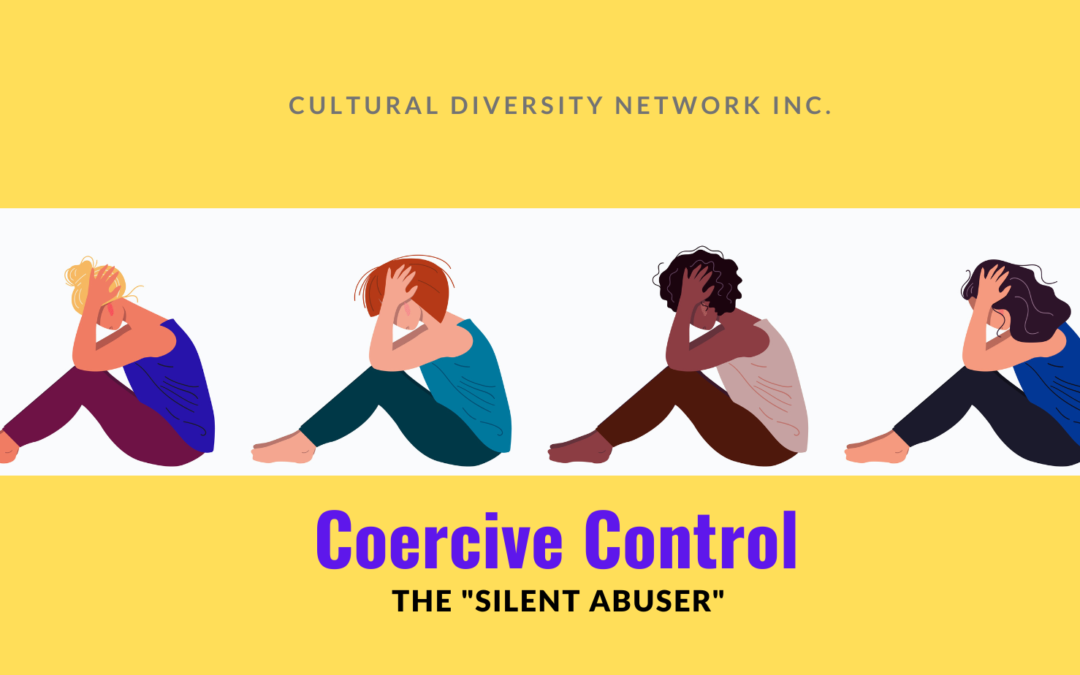Do you ever feel a lack of control over decisions you make on various aspects of your life? For instance, do you feel or realise that you are:
- Becoming isolated from friends and family, though you don’t want to?
- Getting stalked and questioned on your online messages and interactions?
- Struggling to go out in your own way or attire?
And, you notice that all these inner dilemmas are triggered by your partner’s “controlling behaviour”? Then, you are not alone. Countless other women, if not more, suffer from coercive control in Australia, and the prevalence of this “silent abuse” would be mind-boggling if appropriately tracked.
Defining Coercive Control and the Prevailing Scenarios
The Attorney-General of Australia, Hon. Mark Dreyfus KC MP, recently presided over a consultation process from September 2022 to November 2022. Over 400 stakeholders from various government and non-government occupations provided feedback. Shockingly, over 32% of the valued participants reported facing coercive control from their close ones at some point in life.
So, what is this Coercive Control?
In short, it’s a “silent abuser” – a type of domestic violence in which the perpetrator controls, intimidates, and isolates the victim through a pattern of behaviour. Some common coercive control acts are:
- Controlling how you spend your money.
- Tracking your movements or whereabouts (online or offline) without your permission.
- Isolating you from your friends and family.
- Dictating what you wear, eat, or do.
- Threatening you or your loved ones with violence.
- Demoralising you and destroying your self-esteem.
The abuse goes unnoticed at first. Sometimes referred to as “Intimate Terrorism”, the abused victims fail to endure the mental pain and feel hopeless toward a happy, peaceful life.
In a recent blog, Dr Sabrin Farooqui, the Founding Member and the current President of Cultural Diversity Network Inc. (CDNI) described the misery of a migrant woman she met:
“She migrated to Australia from Pakistan 13 years ago. A mother of two children, she has suffered under the severe control and manipulation of her husband, who micro-manages all aspects of {her] life.
He does not allow her access to their joint bank account where the money is deposited from [her] Centrelink payments; he chooses Ramina’s friends and restricts her movements. He has isolated her from friends and family and keeps an eye on her social media, texts and email.”
Such instances described above are clear indications of coercion.
Understanding Coercive Control and Your Rights
Male-dominated cultures tend to blindfold women’s consciences in recognising coercive control as domestic violence. Family members and friends from the same community normalise coercion and encourage women to tolerate it.
As Dr Farooqui’s CDNI extends essential support for women from migrant and refugee backgrounds settling in Australia, facing unique domestic and family violence challenges, she further discusses that:
“A lack of understanding of Australian law plays a significant role in keeping the victims quiet. For a long time, [a suffering woman] doubted herself and wondered if she had misinterpreted the whole situation. Eventually, she came to understand what was happening and objected.”
Coercive Control was not a criminal offence in Australia until November 2022, when The NSW Parliament passed the Crimes Legislation Amendment (Coercive Control) Act 2022. This act, recommended by the NSW Joint Select Committee on Coercive Control, was developed after a thorough public consultation on an Exposure Draft Bill.
The new law specifies coercive control as a form of “repeated behaviour intended to coerce or control a person”. The law offers a maximum penalty of seven years in prison for the perpetrators.
Moving Forward with the Fight
The criminalisation of coercive control is a significant step forward in fighting domestic violence. It sends a clear message that this type of violent behaviour will not be tolerated and provides you with a new legal avenue for seeking justice.
However, to ensure consistency in maintaining this fight against this “silent abuser”, we need to:
- Increase public awareness of coercive control.
- Provide support services for victims of domestic violence.
- Invest in and promote prevention programs.
Avail CDNI’s Support
If you are experiencing signs of coercive control, please visit www.cdni.org.au and get in touch.
Together, we can create a safe society free of domestic violence.

